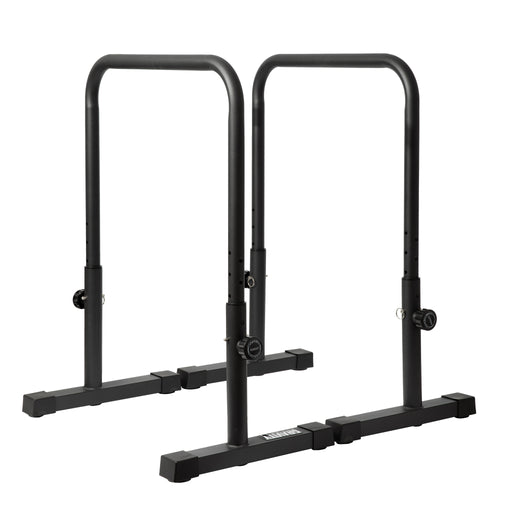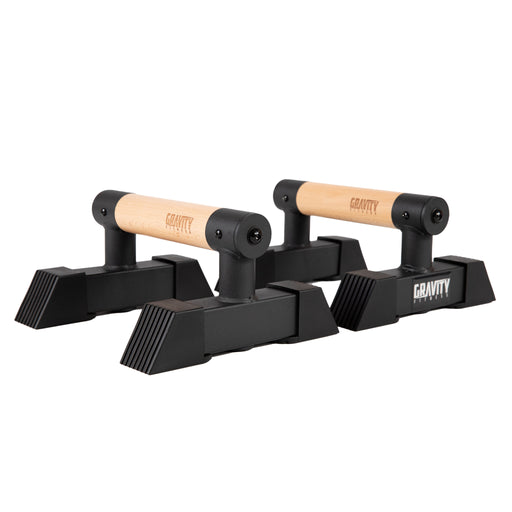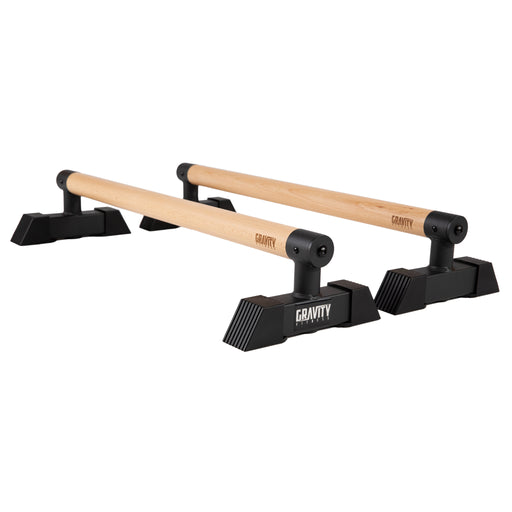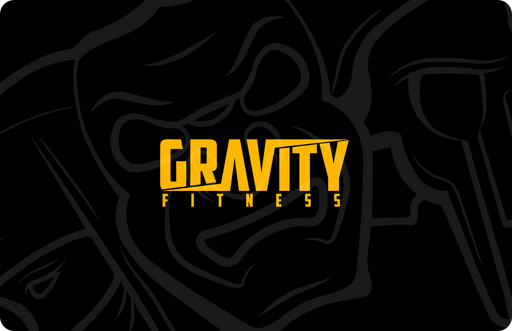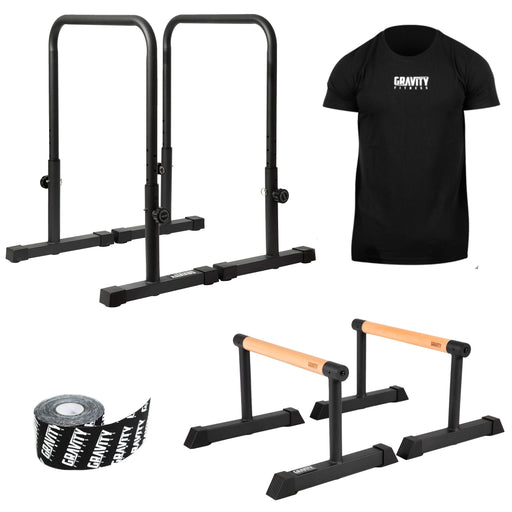
Learn To Planche On Parallettes
Step by step planche tutotorial with the help of parallettes
The planche is one of the most impressive – and effective – bodyweight calisthenics movements. It’s got it all: strength, balance, control, and muscular endurance. Learn how to planche from scratch with our step-by-step guide.
What you’ll need:
– a set of parallettes (ours are the most stable on the market – perfect for planche practice)
– enough space to stretch your body out
What Is A Planche?
The planche is a calisthenics (and gymnastics) move where you hold your body parallel to the ground, supporting yourself on your hands with arms straight. Sounds tricky? It’s an advanced move, but definitely doable…and you have to start somewhere!
If you have upper body and core strength, no wrist or shoulder problems, and reasonable mobility then you can start to learn planching.
Why Learn To Planche – Benefits & Muscle Groups
Holding yourself up on your wrists has obvious benefits (besides looking cool as hell!)
– Arm and shoulder strength
– Upper back, serratus, lat engagement
– Core strength
– Benefits other balancing moves (handstands etc)
– Confidence and proprioception
Master The Basics Of The Planche
Work your way through these easier moves before you start training your planche.
– Frog hold/crow post – place your hands on the floor, squat down, and put your elbows/forearms on the inside of your knees, tip forward and lift your feet off the ground, keeping your back rounded
– Tuck hold – as above, but with straight arms, your arms on the outside of your knees, and your knees pulled up into your chest
– Tuck planche – as above, with your knees off your chest and hips open, so your back starts to straighten into the eventual planche position
Step By Step Beginners Guide To Planching
Set aside time to work on planching. You don’t want to do it in the same session as any other intense hand balances or other wrist work. Instead, pair it with back exercises (rows and pulls).
Always use parallettes for learning to planche – the parallettes give you clearance off the floor so you can master the basics. Parallettes make planching easier!
1 Planche lean. Warm up for your planche from a plank position, with your shoulders braced, leaning forward so your shoulders are actually forward of your wrists. Hold this for 30-60 seconds at a time.
2 Straddle sit. Using your parallettes, have your hands shoulder-width and arms straight. Straddle the parallettes with straight legs. You can rest your inner thighs on your arms for more stability. Try leaning forward with your upper body to move your legs off your arms. When you lean forward like this, your legs should be vertical from hip to ankle.
3 Tucked planche swings. Hold the parallettes and tuck your legs into your chest. Swing back and forward, moving your body in to the planche position as you swing backwards. Eventually, slow this movement down so there is less of a swing, and more of a hold.
4 Planche straddle. Get into a plank position, with legs wide behind you in a straddle. Lean forward so your shoulders are forward of the wrist. Lift one leg up, lower it, then repeat on the other side. This is all building strength, balance, and stability.
5 Planche. Have your hands shoulder width or a little wider. Make sure your inner elbows are rotated in, and pull your shoulder blades back and down. Step back into a plank, and press forward on your feet so your shoulders are leaning over your wrists. Lift into a planche tuck, stabilise yourself, and slowly push your legs out behind you.
Using Parallettes For Planche Training
Why use parallettes when you could just planche on the floor? Parallettes make planche work much easier. They support your wrists so you can build wrist strength safely and slowly as you learn. And the extra height gives you clearance off the floor, making moves like tucks and swings easier.
Don’t start planche training without parallettes. Ours are known to be the strongest and most stable on the market. You can also use them for L-sits and a ton of other bodyweight calisthenics moves. Take a look at our parallettes here.












